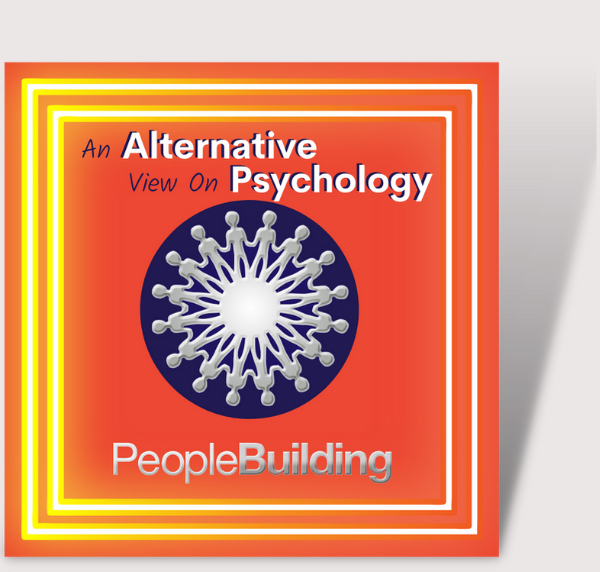Sometimes in life, the simple things are the most important, and being able to change your focus is certainly something very simple and valuable to do. I suppose that “change your focus” has a double meaning. It could mean, change what you are looking at with your eyes, or it could mean, change what you are focusing on within your mind and thoughts. Now you might have the belief that, being a training company in NLP and Hypnosis, that we mostly specialise in teaching others how to change their focus within their mind and thoughts, and this would be true. A lot of what we teach on our NLP and Hypnotherapy courses is about changing what we are each doing in their heads. However, there is a valuable technique that we teach on both our NLP and Hypnotherapy course, which is a simple process of changing the way you focus your eyes and the benefit of this technique is endless.
The technique is called the peripheral vision and basically means expanding your vision to see into the periphery. This is the opposite of foveal vision, the acute concentrated vision that you would have if you were for example, threading a needle. If you think about threading a needle and focusing your attention in that way, you could easily miss all of the other things that could be going on around you. When in peripheral vision, your focus is so expanded, you almost feel that you could see behind the back of your own head!
So why learn peripheral vision? The Hawaiian Huna’s have known of its benefits for many decades, using it as part of a deep meditative trance called Hakalau. During Hakalau, the individual goes into peripheral vision, breathes in to the count of 8 and out to the count of 4 using a “haa” breath. This regulates breathing, and changing the brain waves, inducing a state of deep relaxation, in which it is impossible to hold onto any negative thought, idea or notion.
Using peripheral vision alone, it is a resourceful state for learning, as your mind is open to the ideas that a teacher may give you. If you just try out using Foveal and peripheral vision, you will notice that Foveal vision, comes with a degree of tension,and tension is not so good for learning. We learn best in a happy relaxed environment as this helps us to associate the knowledge we receive with feeling good and therefore makes us much more likely to retrieve and use the information that we have stored in the future.
Peripheral vision so easy to do, that I’m going to teach you right now. Simply find a spot on the wall, just a little above your eye level, on which to fix your gaze. Without moving your eyes, begin to become aware of the things around that spot, allowing your awareness to expand further and further out. Take your hands out in front of you and wiggle your fingers, moving your hands further back toward your head, past your eyes and level with your ears. See how far back you can move your hands, whilst still being aware of your fingers moving, with your gaze still fixed to the spot on the ceiling. If you want to, when you have achieved peripheral vision, you can try using the “Haa” breath at the same time.
People Building is an NLP and Hypnotherapy Training company, based in South East England. We specialise in NLP and Hypnotherapy courses between 7 and 15 days long, with full accredited certification. If you would like to subscribe to our newsletter, which features many articles such as the one above or to contact us to ask any questions about our articles, then please visit our website which contains details of free life coaching and other events.
By Gemma Bailey
www.hypnotherapyandnlp.co.uk


